ECB Chief Economist Philip Lane said in a speech that the central bank’s tightening is estimated to have “already lowered inflation by around 0.2 percentage points in 2022”.
“The considerable lags between monetary policy actions and their impact on inflation, however, imply that most of the effects are only expected to materialise from 2023 onward.” Inflation is estimated to be 1.2% lower in 2023 and 1.8% lower in 2024 as a result of the tightening.
On the other hand, the impacts on GDP growth “occur much sooner across most models, with the peak effect expected this year.” The negative impact on real GDP growth is estimated to be around 1.5 percentage points on average over the three years.




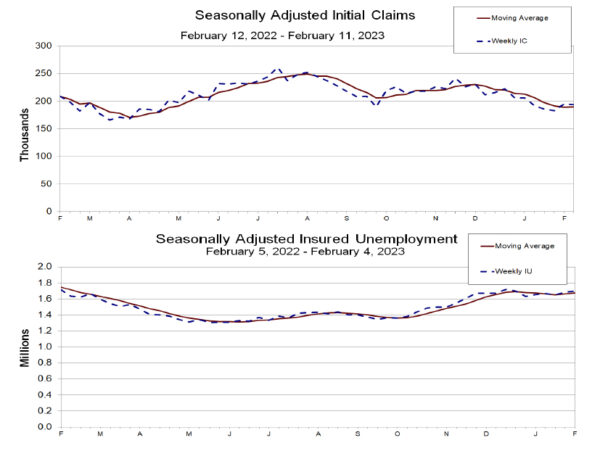
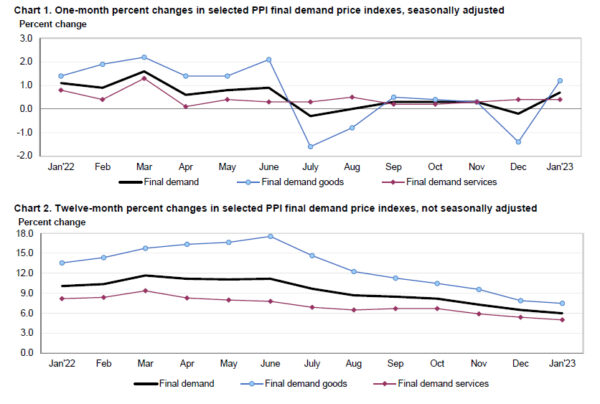
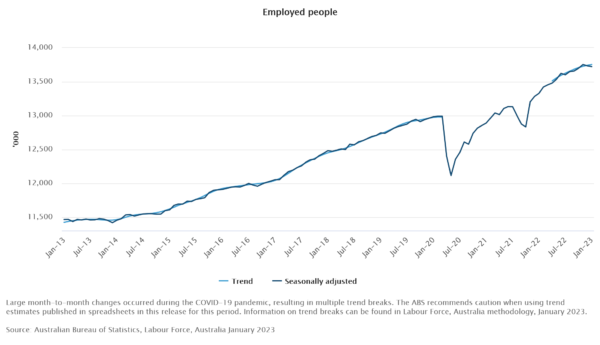
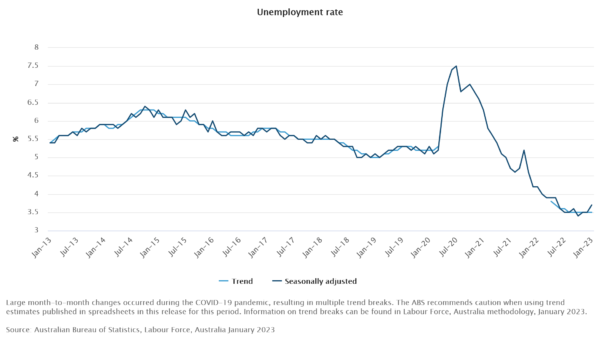
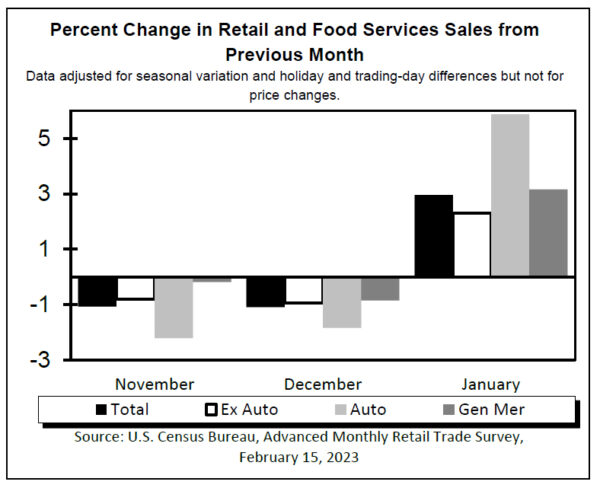
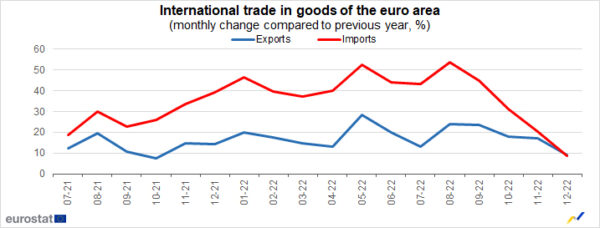
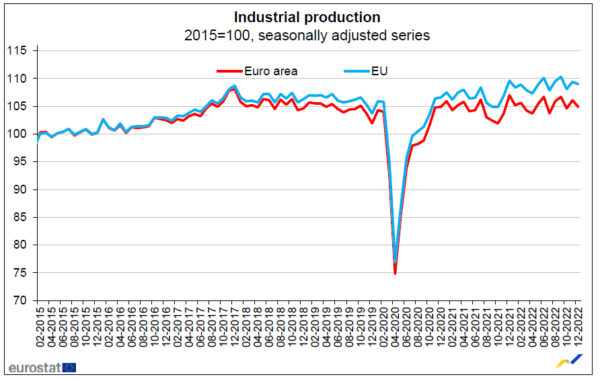
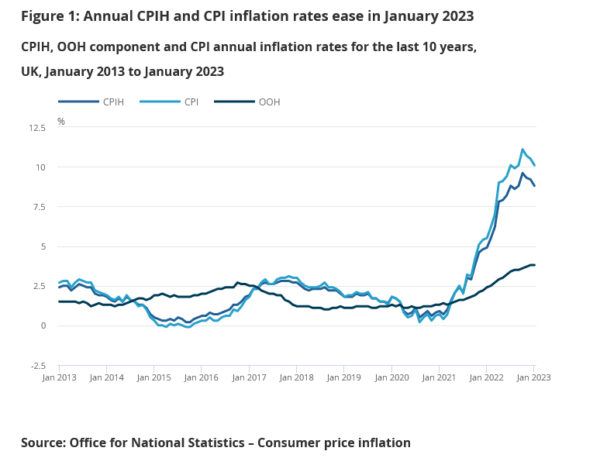
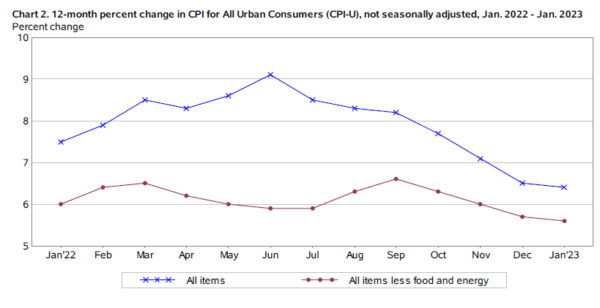

BoC Macklem: Additional monetary tightening if inflation gets stuck above 2% target
BoC Tiff Macklem told a parliament committee, “we expect CPI inflation to fall to around 3% in the middle of this year and reach the 2% target in 2024.”
“For inflation to get back to 2%, the effects of higher interest rates need to work through the economy and restrain spending enough for supply to catch up.”
“The tightness in the labour market needs to ease, wage growth needs to moderate, and service price inflation needs to cool.”
“Inflation expectations also need to come down and businesses return to more normal pricing behaviour.”
“If those things don’t happen, inflation will get stuck above our 2% target, and additional monetary tightening will be required.”
Full statement here.